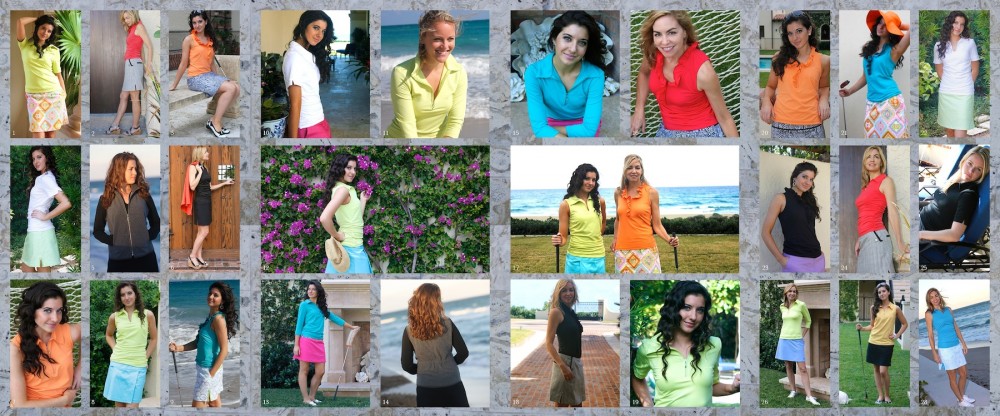 Here is another tip courtesy of PGA Master Professional Jerry Tucker. This Tucker tip: learning to read the grain of the grass to better your putting.
Here is another tip courtesy of PGA Master Professional Jerry Tucker. This Tucker tip: learning to read the grain of the grass to better your putting.
If it’s winter and you’re playing golf well south of the Mason-Dixon line, you desperately need to understand grain. Grain is the way the grass lays, the direction it is pulled due to the sun, water flow, gravity, etc. It is most prevalent in Bermuda grass, but is certainly exists in the North, as well.
The two main ways to determine the grain are to look at the hole, and to check the color and texture of the green. When you look at the hole, especially in the afternoon on a Bermuda grass green, if the brownish jagged edge of the cup is on the west side, then that’s the way the grain is growing. If you then look to the west, the grass would appear whitish and shiny. If you look behind you to the east, the grass will appear rougher and dark green. If you’re putting west, your putt will be 25-50% faster than a putt with no grain, and that much slower going east. While most grain in Florida goes with the slope, the grain will tend to be westward on a fairly level surface.
Jerry Tucker was twice named by Golf Digest as a top 100 teacher, has been a four-time South Florida player of the year, played 13 major championships and set 19 course records, as well as achieving several other accomplishments and accolades.
